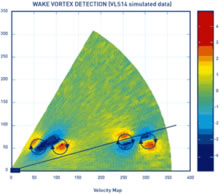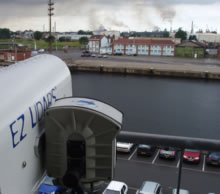Alexandre Sauvage / Leosphere
Leosphere, a company specializing in atmospheric measurements, has been working together with Onera since its creation. This collaboration is so close that a researcher from the organization has joined the SME.
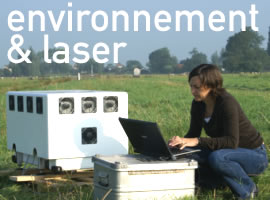 WindCube, a compact lidar intended to measure wind speed profiles, has benefited from the research done by the theoretical and applied optics department at Onera. WindCube, a compact lidar intended to measure wind speed profiles, has benefited from the research done by the theoretical and applied optics department at Onera. |
|
|
|
|
| What are the applications for Lidar? AS: It responds to the need for reliable measurement of the upper atmosphere. It can measure both the atmosphere's composition (existence of clouds, type and concentration of pollutants) and its dynamic aspects, such as wind measurements and turbulence. This is of interest to several sectors, including, of course, the environmental sector, for purposes of monitoring pollution: in situ detectors are insufficient to monitor a system as complex as the atmosphere and its pollutants, in relation to weather conditions. Lidar can compile 'maps' of the different pollutants and their respective concentrations. For the time being, we have been focusing on dust levels, but any pollutant can be detected. Another application is meteorological measurements: clouds, wind, humidity, etc. The fact that lidar takes measurements in real-time gives it a considerable advantage over weather balloons, which are released only twice per day. Finally, the wind turbine sector has shown a lot of interest: before setting up a wind farm, you have to know the wind's profile, at several different altitudes. |
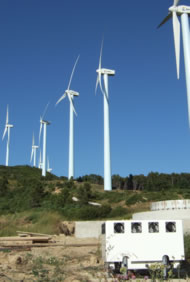 Lidar measures wind profiles remotely. No more need to stick an anemometer on the end of a long mast! |
|
The ever-increasing height of wind turbines, however, means that before long a mast of 160 meters (half the height of the Eiffel Tower) will be needed simply in order to place the anemometer on it. Our lidar is much simpler: it takes up a total of one cubic meter in space, and takes five minutes to install. Other applications could also be developed, such as improving airport traffic or researching climate change, particularly to gain a greater familiarity with aerosols and clouds. What led you to collaborate with Onera? |
|
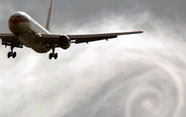 Thanks to the measurements of wake vortices, the partnership with Onera demonstrated the existence of a major common interest. |
AS: Before we even founded Leosphere, we had identified a potential outlet for the technology in the aeronautics sector. We were approached by Eurocontrol, the European air traffic control regulating body, who were interested in a specification study of its requirements in terms of aircraft wake vortices. We immediately saw the advantage of collaborating with Onera on this issue, and conversely, Onera was interested in having measuring methods in the aeronautics sector. |
We pooled our resources and drew up a set of specifications, stipulating the performance levels required. In this way, a joint prototype was constructed together with Onera. This relationship took on a new dimension when Jean-Pierre Cariou, a researcher at Onera, joined us. It was a perfect transfer, as Onera has real client vision and knows how to put together a project. |
|
|
Clouds with a silver lining Applied researcher Shedding light on pollution |
Wake vortex detection when an airliner has passed |
Detecting this refracted light enables several parameters to be calculated: not only the quantity and type of the particles, but also the wind speed, by measuring the speed of the particles using the Doppler effect. In the words of Alexandre Sauvage, "We use the atmosphere like a mirror." These analyses can be carried out at any altitude: every laser pulse is sent out at a specific moment, and since we know the speed of light, we can deduce the altitude of the particles observed. "We can thus analyze the atmosphere's parameters every 1.5 meters", the entrepreneur added. |
|
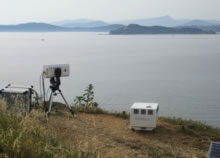
![ALS results [aerosol distribution]](/sites/default/files/actualites/magazine/parole_de/2007-017-carte-temps-altitude.jpg)
